Six days in Singapore, the lion city, in the grand scheme of things sounds like a lot, but the truth is there is definitely enough to do to fill your time, especially with the addition of visiting some of the areas I knew when I lived in Singapore.
Singapore is a vibrant place filled with Architecture-Digest worthy skyscrapers, tonnes of shopping malls, restaurants, cafes, bars and hawker centres. While back in the 80’s the ethnic split was historically Indian, Malay and Chinese, now expats make a large percentage.
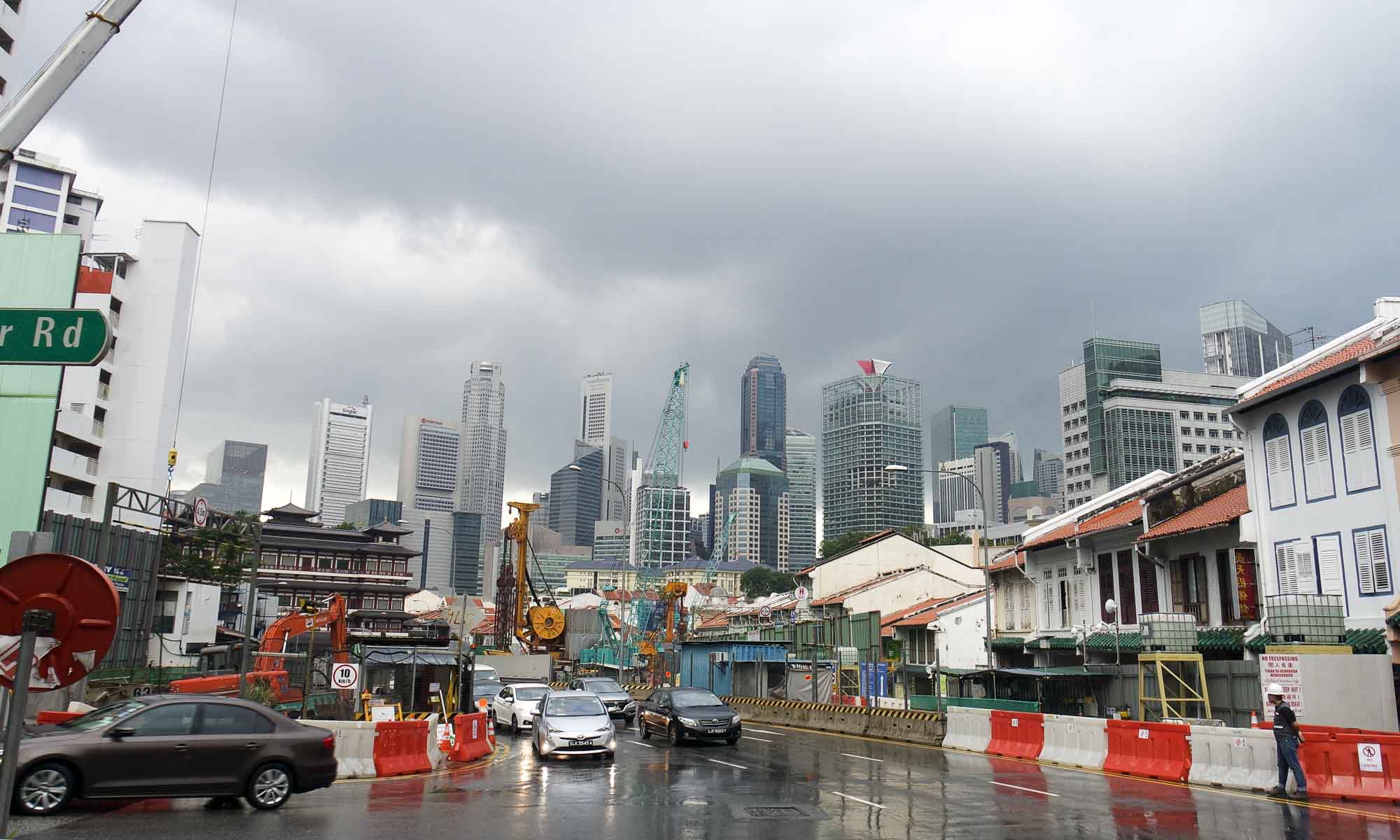
Singapore Highlights
Below are some of the highlights we visited while in Singapore. These can be visited over a weekend, or over a longer period.
Raffles place area
- St Andrews Cathedral, Singapore’s largest cathedral, dating back to the 1800’s.
- Raffles City shopping plaza, a large shopping mall, with both luxury and mid-range shops, as well as several food options.
- Chijmes, a complex which started off as a Catholic Convent, that now houses a number of restaurants and bars, with the Chapel located towards the rear.
- Raffles Hotel, a colonial style hotel established by the Sarkies brothers and named after the founder of Singapore. The hotel also has several shops, bars and restaurants, one of which is where the cocktail Singapore Sling was created. Currently the hotel is undergoing restoration works, so several of the shops in the arcade are closed.
- Suntec City, one of the largest shopping malls in Singapore with about 360 stores from high-end to mid-range and several cafe’s, restaurants and eating options. While the mall is a sight to see, the drawing factor for tourists is the Fountain of Wealth, which is located in the middle of the different sections of the mall and is claimed to be the largest fountain in the world.
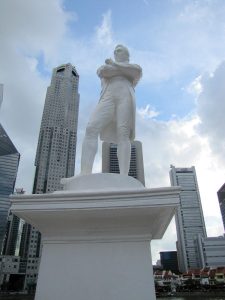
Marina Bay area
- Esplanade Theatres on the Bay, this is Singapore’s premier art centre. Underground it is connected to City Hall MRT through a maze of shopping centres, but once you surface, you will encounter two Durian shaped buildings, which house the theatres.
- Walking down from the theatres to the waterfront promenade, the first view that draws your eye from all areas and which ensures you snap several photos is that of the Marina Bay Sands hotel. The building is quite spectacular and eye-catching. At the foot of the hotel, what you see from the vintage point of the promenade is the ArtScience Museum and the Marina Bay Sands shopping mall. Off to the left is the Singapore Flyer, a similar idea to that of the London Eye.The area around the promenade is one which is usually swarming with tourists, but there are quiet and cool areas, where you can take a minute to just get out of the sun.

- Upon leaving the promenade and walking across the Jubilee bridge you reach Merlion Park (note: this section is also part of the Singapore River Walk). The Merlion, a mythical creature with the head of a lion and the body of a fish, is the national Singaporean symbol.
Singapore River Walk
The Singapore river walk is a walk created by the National Heritage Board and stretches for about 3 km along the river from Collyer Quay to Robinson Quay and beyond. The walk is mainly in a strictly pedestrian area and highlights the contributions which were made to Singapore’s development by the Singapore River. It enables you to see the mix of old and new. Highlights along the way include the views along Marina Bay mentioned above, the Fullerton hotel (named after Robert Fullerton, which also covers the site of Fort Fullerton), the Anderson Bridge, the Victoria Theatre and Concert hall, Boat Quay, the Asian Civilization Museum, the Dalhousie Obelisk and Raffles landing site. The walk continues through Clarke Quay and Robinson Quay, which are both hot night spots in Singapore, and takes you to the Alkaff bridge, also known as the Art Bridge.
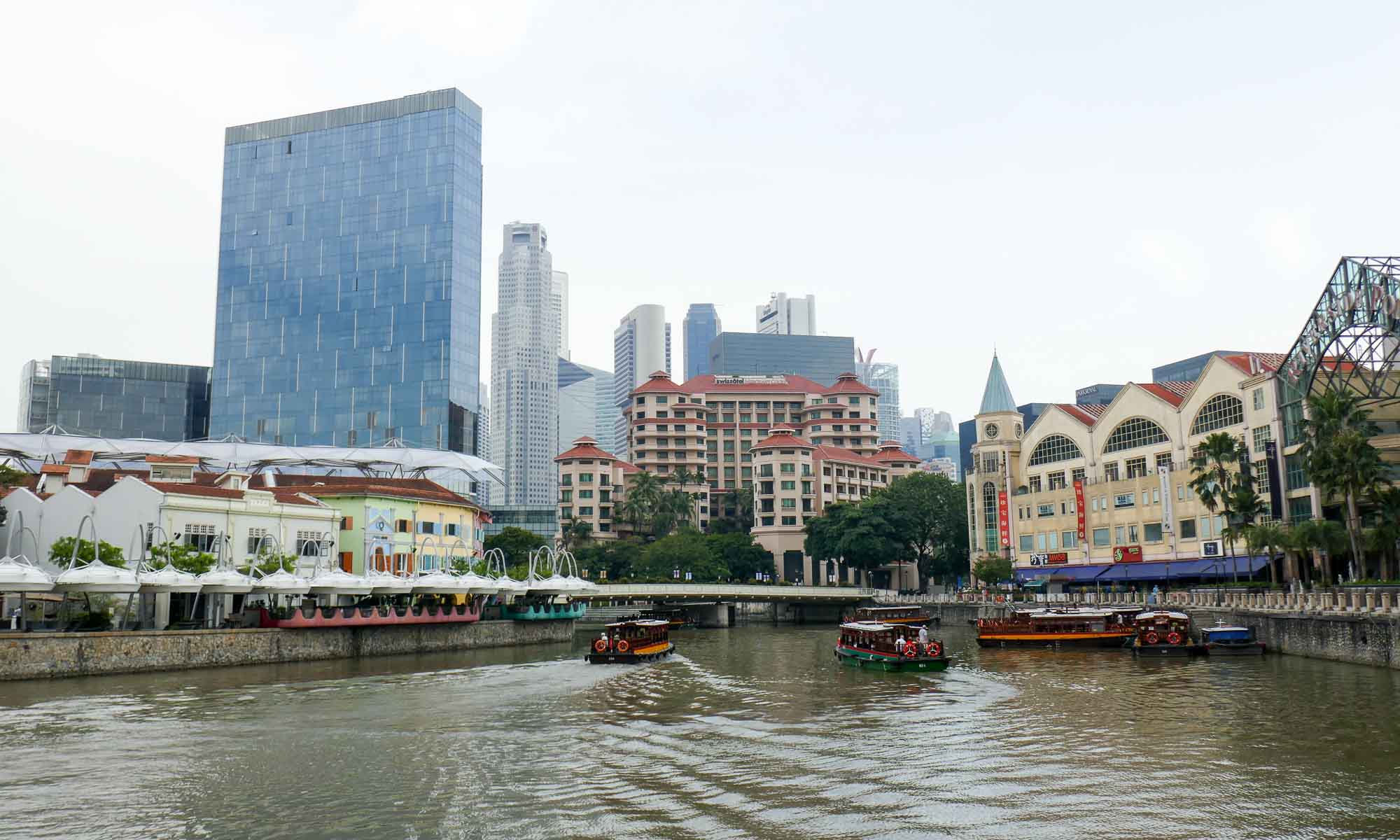
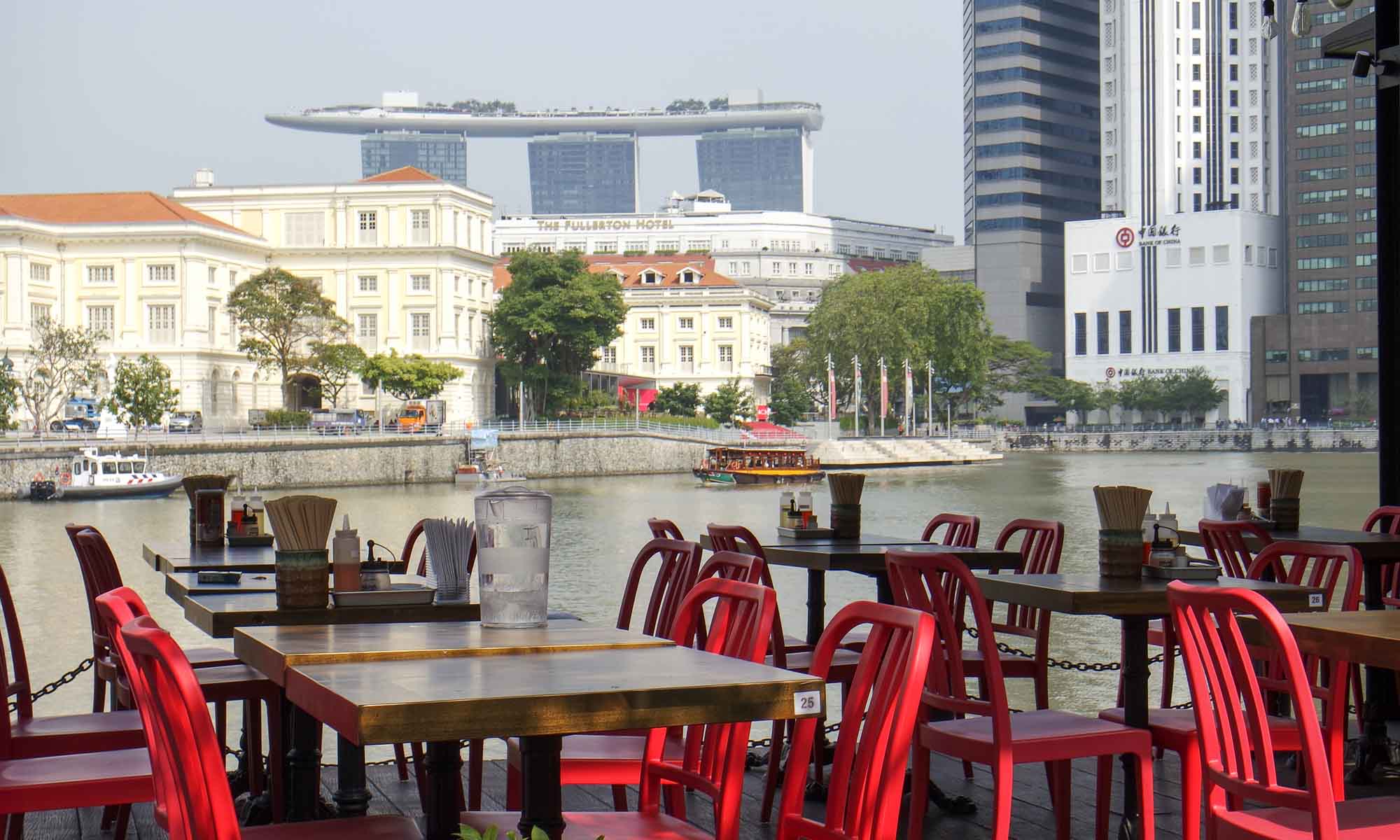
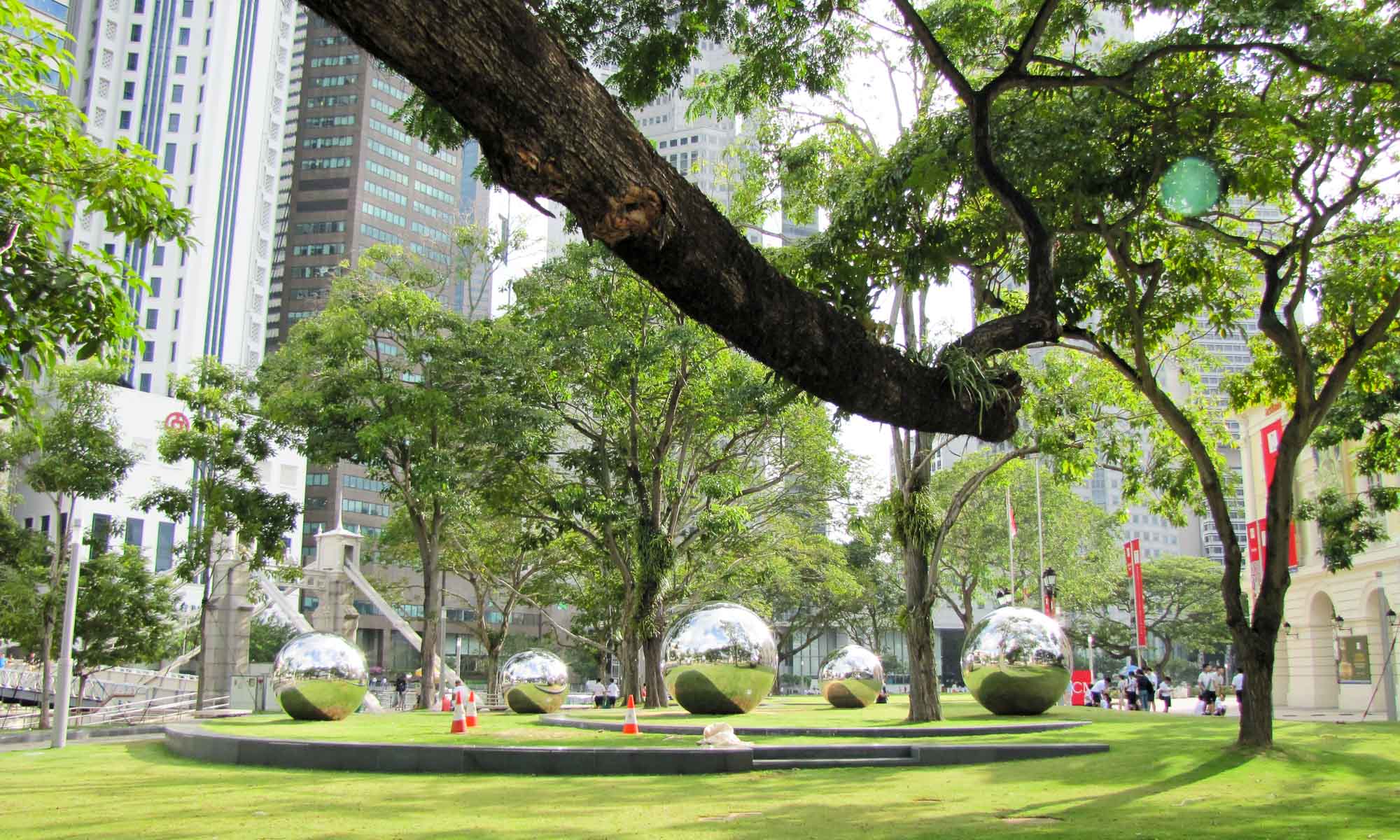
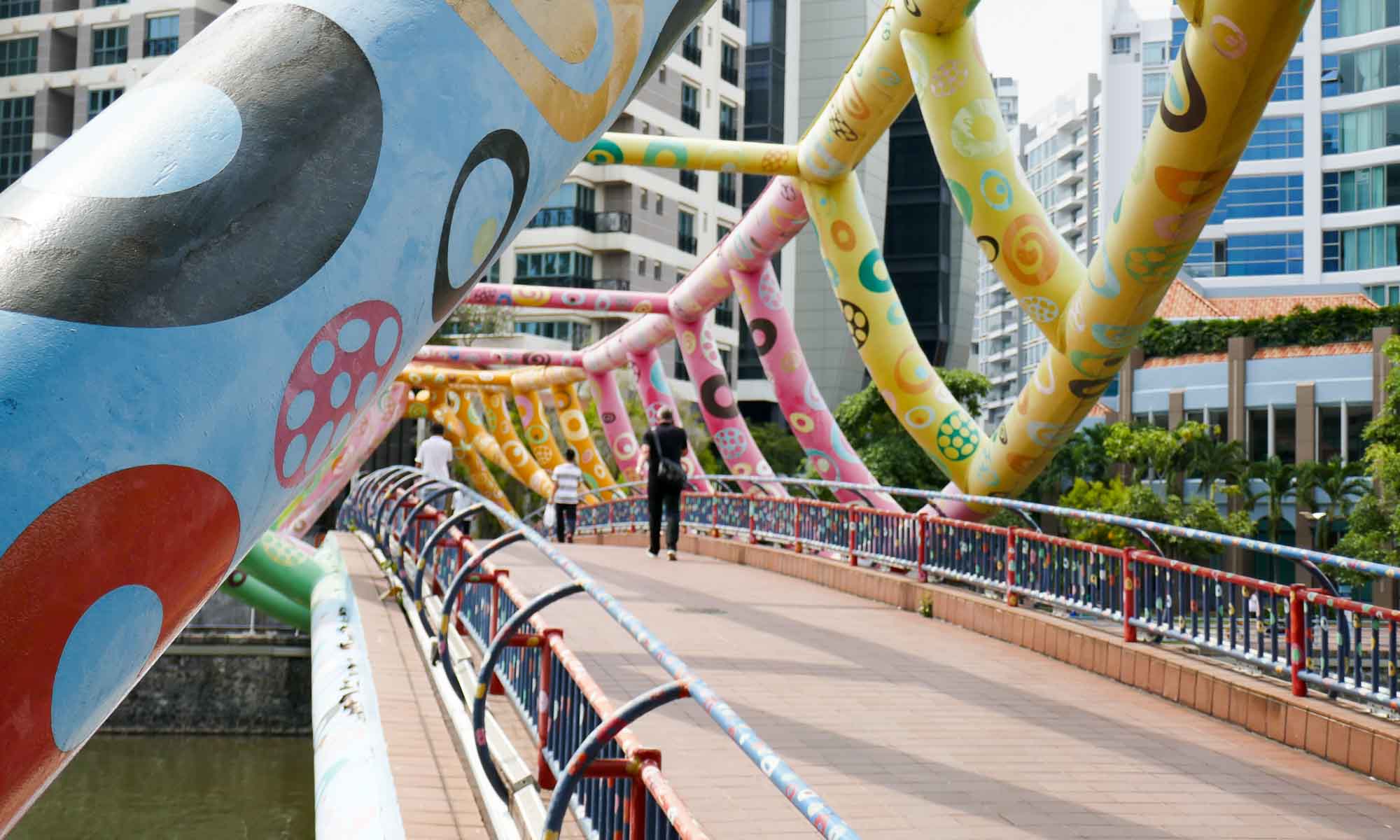
Orchard Road
If shopping is on your radar, Orchard Road is the place to be. This road goes on for 2.2 kilometres with all the shops you can think of, ranging from high-end luxury products to the low-cost products sold in malls such as Far East Plaza. The style and design of the buildings, add to the lure of the road, making it a favourable destination for a daytime or evening stroll. In the midst of all this shopping, a side street that should not be missed is Emerald Hill, which is a conservation area and has a few homes in the Chinese Baroque style.
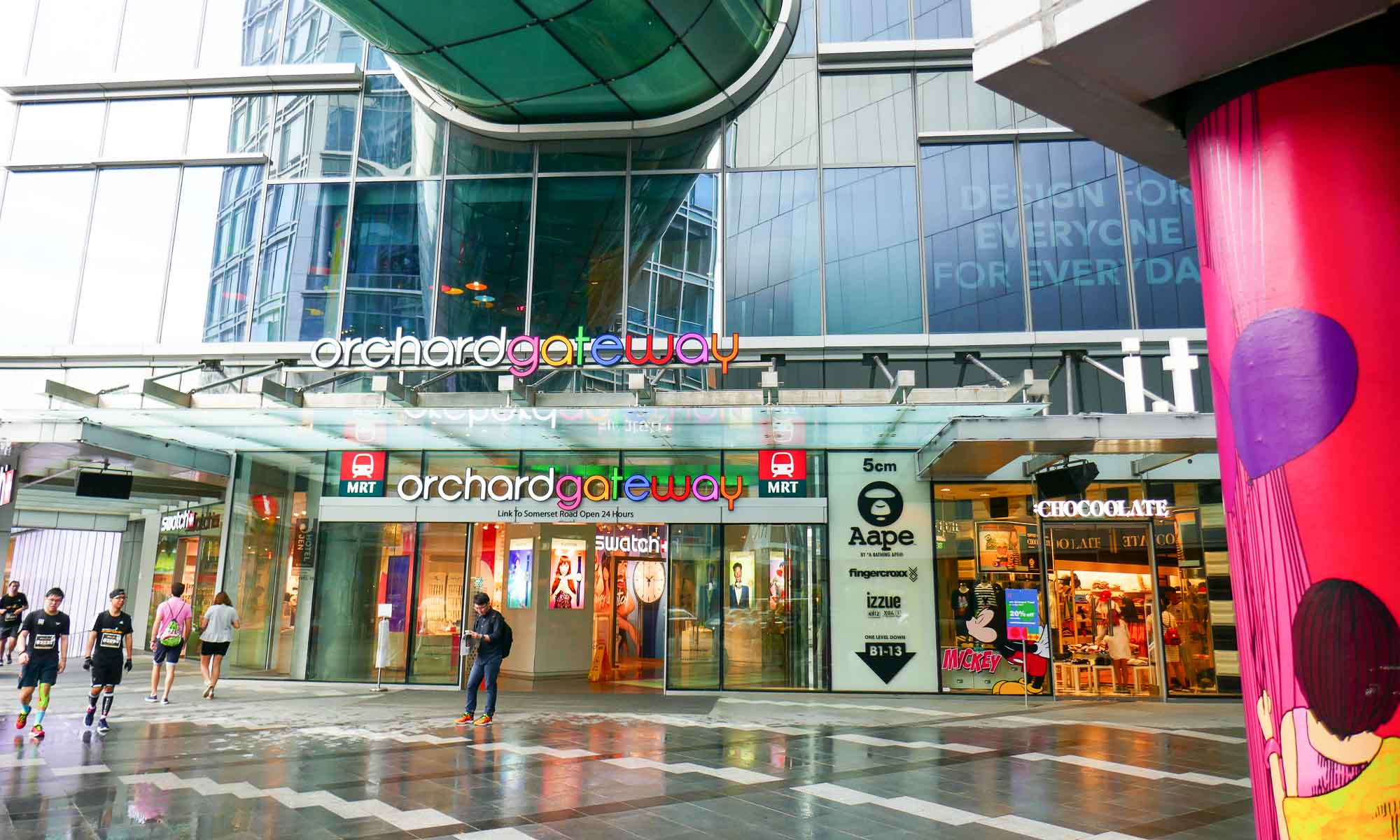
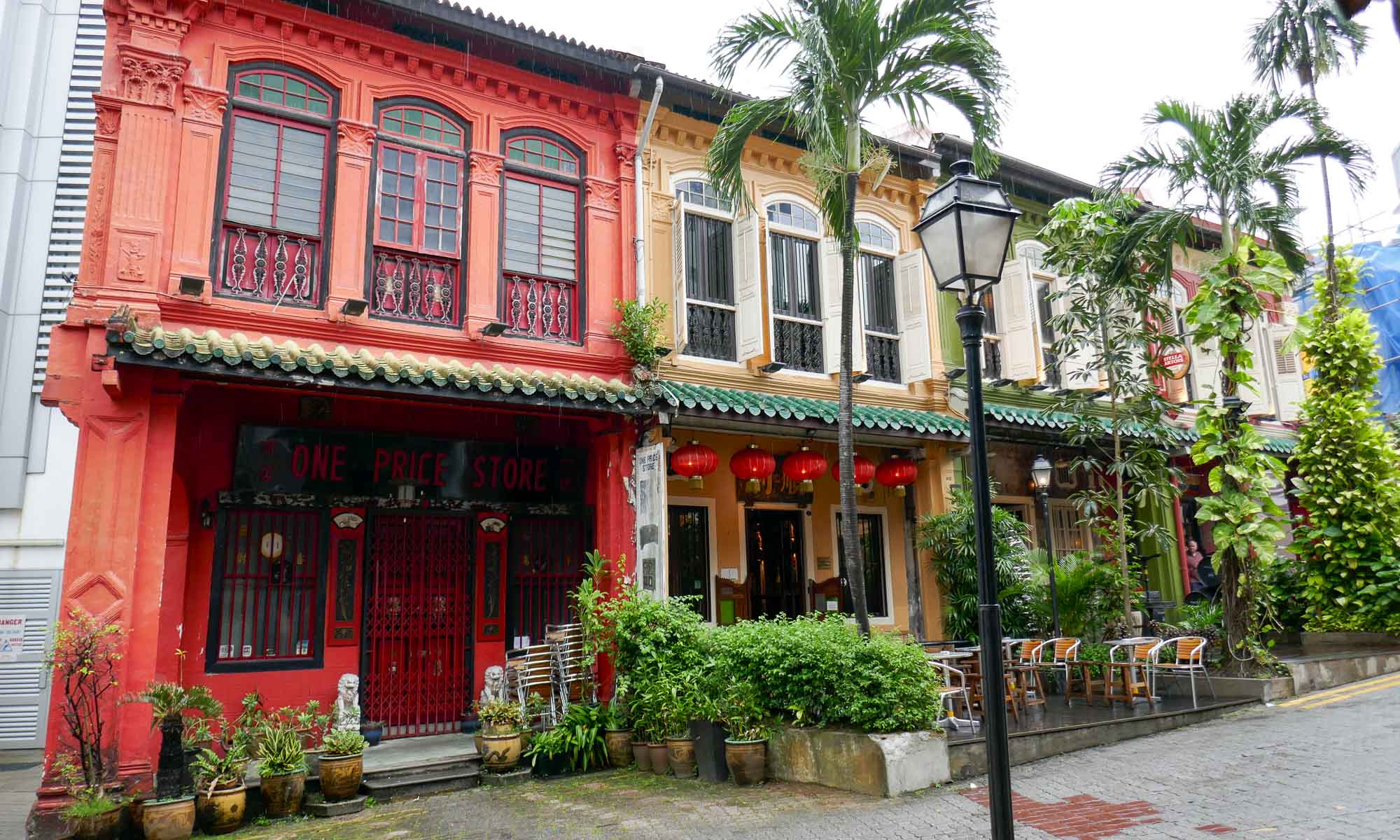
Botanic Gardens
To get away from the hustle and bustle of Singapore, the Botanic Gardens (open from 5am to 12 midnight) provides a place of respite. The gardens are the only tropical gardens to have been labelled a UNESCO world heritage site. Easily reachable via bus or MRT, the gardens are beautifully landscaped and designed, with several rest areas. Within the gardens, the famous Orchid Park with more than a 1,000 species is a must for anyone that loves orchids.

Marina Bay Sands Hotel
The Marina Bay Sands Hotel, though not on the top 10 of tallest buildings in Singapore, is an impressive building. The feature which sets it apart from others is the rooftop with the worlds longest infinity pool, which appears to resemble a boat. Visiting the top of the hotel can be done in a number of ways: by being a guest, by buying a ticket to the observation deck (S$23) or by visiting one of the cafes or bars on the roof. We chose to visit the Ce La Vie restaurant, which requires reservations, and a minimum spend of S$20 pp. For the bar, visitors are required to purchase a voucher for S$20, which goes towards their purchases. Deciding which to visit really depends on what you are interested in seeing from the top. While Ce La Vie is one floor higher than the observation deck, when taking photos, your view is somewhat limited and you might have the deck of the observation level in your shot. However, from Ce La Vie, you do get a much better view of the infinity pool, if that is what you are most interested in.
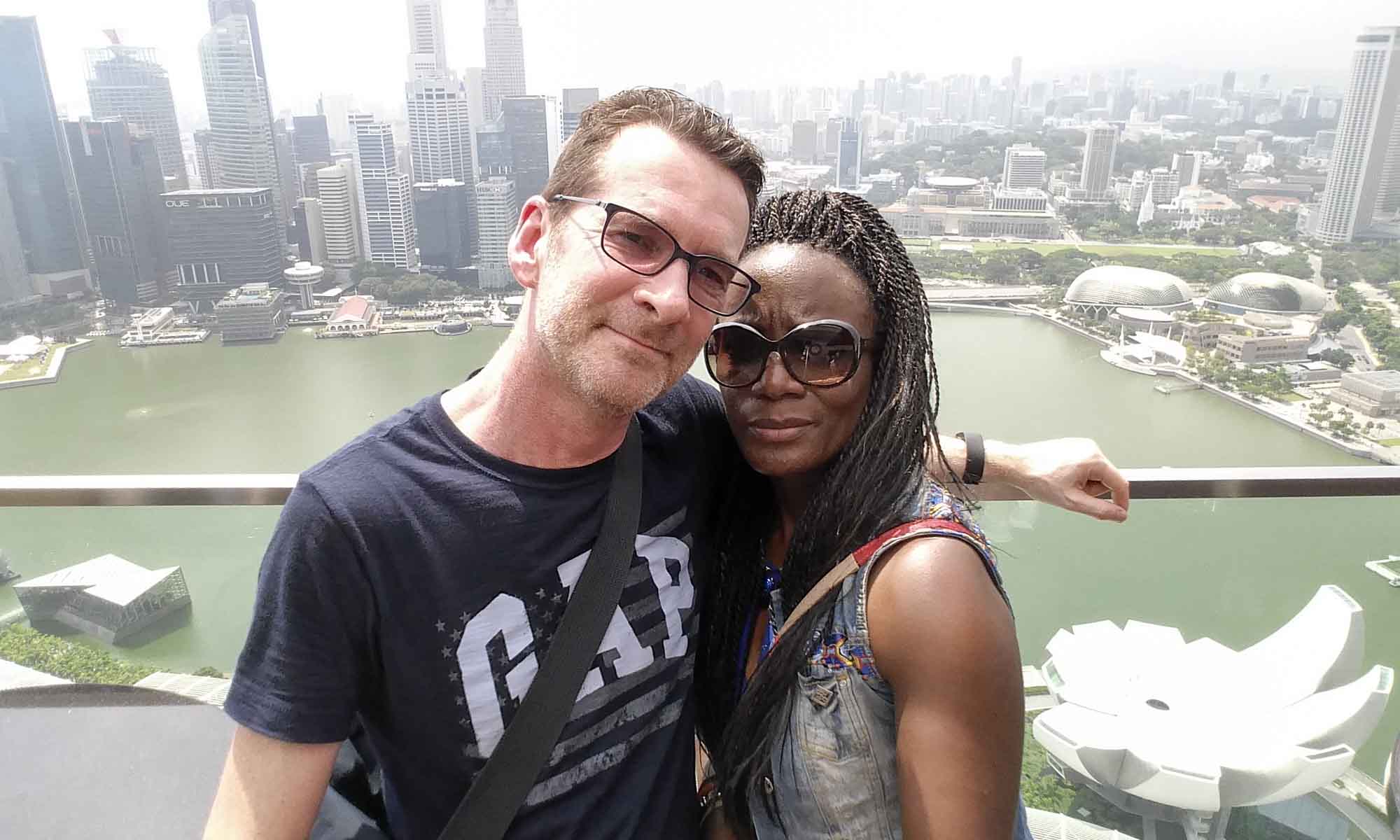
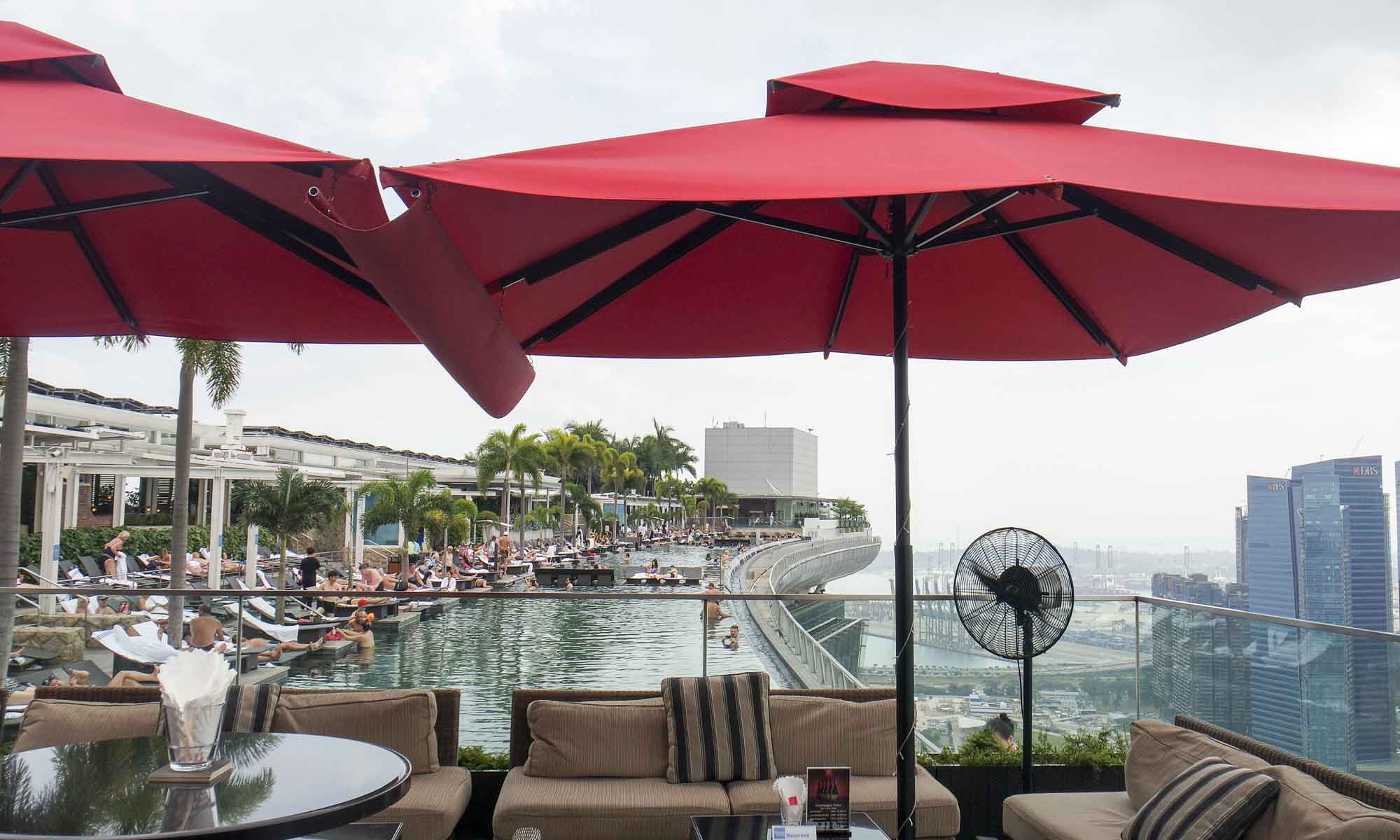
Sentosa
Sentosa is an island resort, half a kilometre off the coast of the mainland of Singapore. Sentosa today is very different from Sentosa from my childhood. The beaches have all been transformed and now it has several hotels and resorts, waterparks and Universal Studios. At the waterpark, you have the opportunity to swim with dolphins.
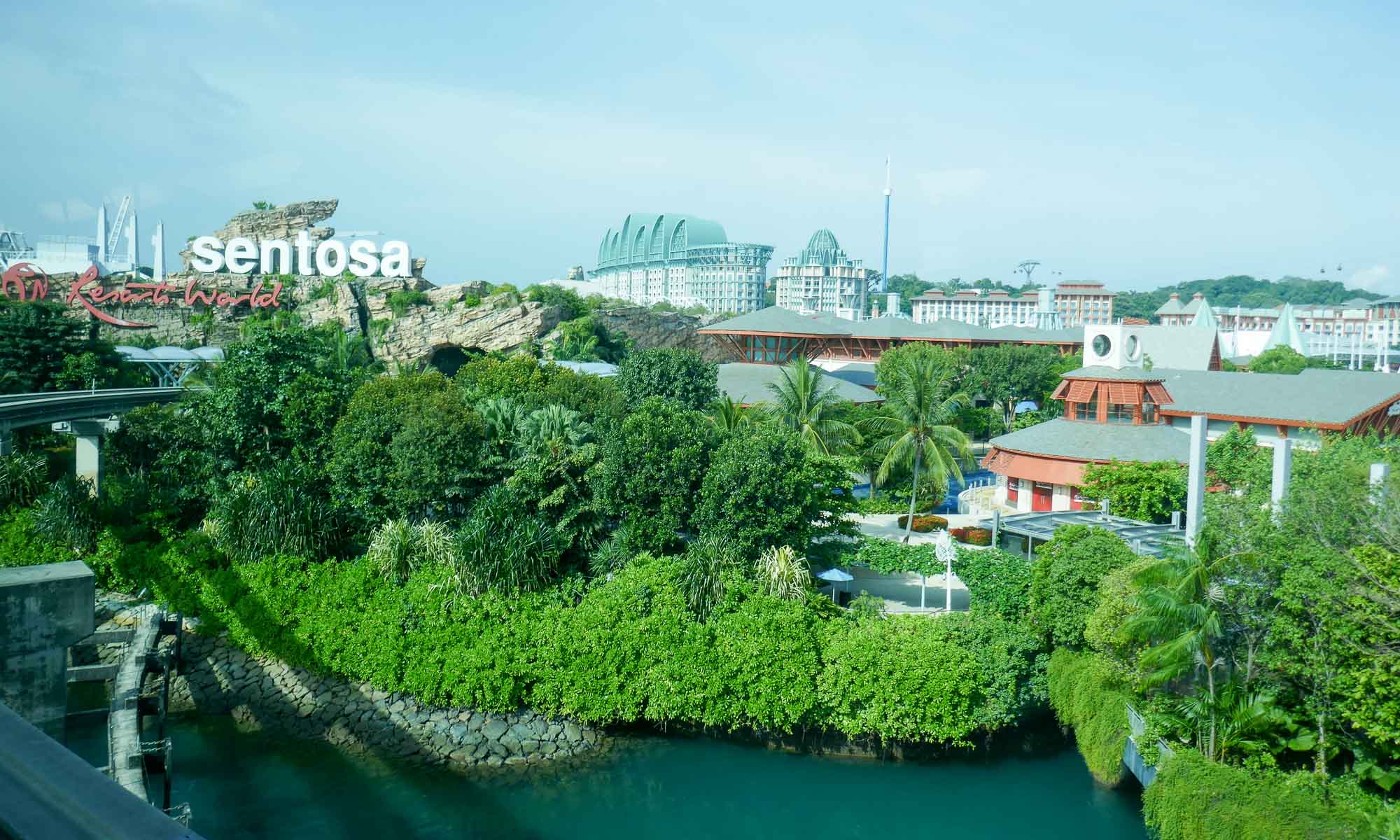
An area least visited on the island is Fort Siloso. Fort Siloso was built by the British in 1880s and guarded the western approaches to Singapore during World War II. Fort Siloso is accessed via the last stop on the Sentosa Express, Beach, and then a 5 minute bus ride on Bus 1 or 2. Fort Siloso is free to visit. There is a lift which takes you 36.3 metres up to the Skywalk, the start of the visit. The view at the top is spectacular, and it is worth visiting the Fort if only to get that view.
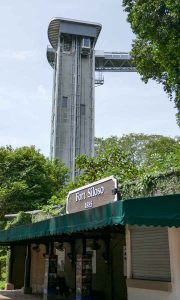
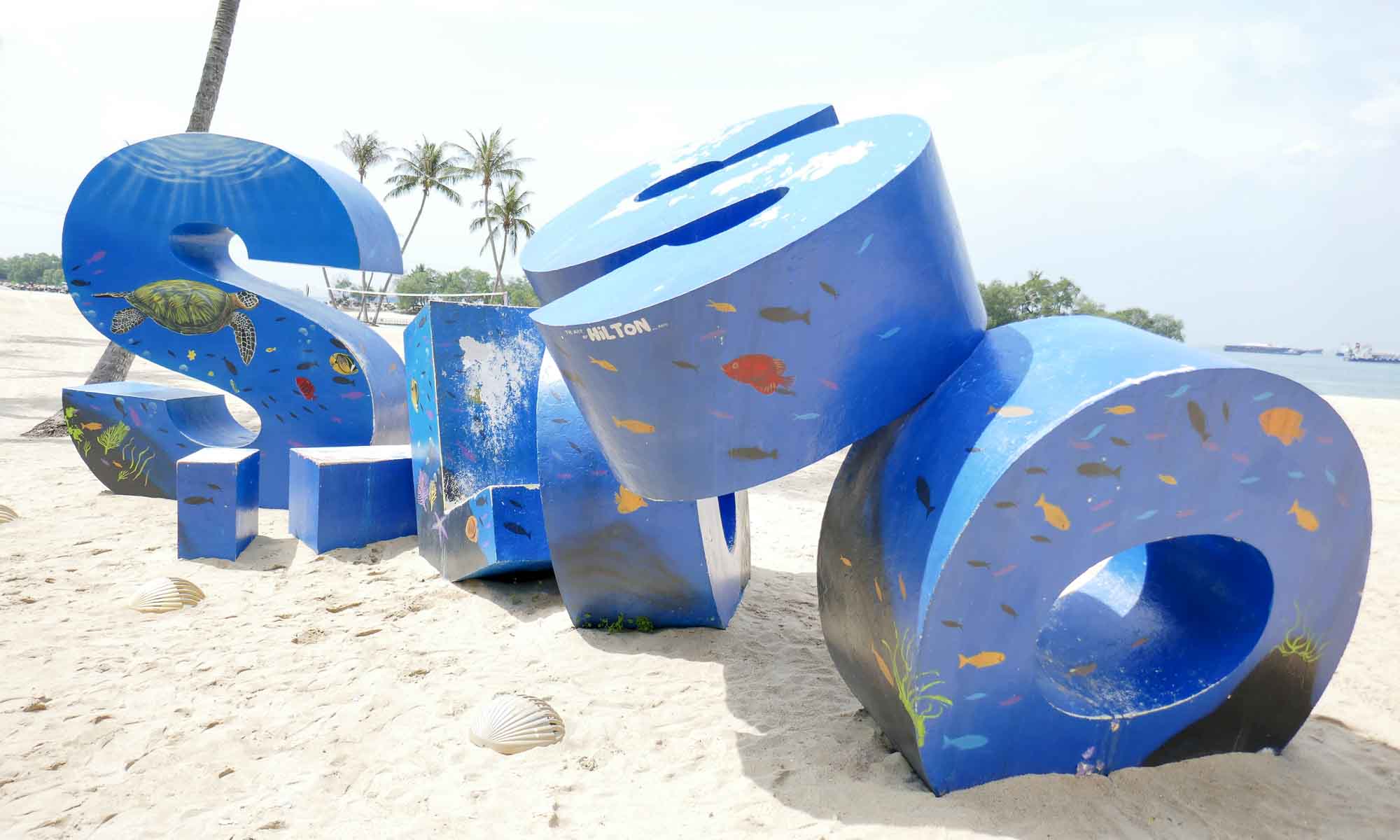
To reach Sentosa, there are several options, walking via the Boardwalk, the Sentosa Express or the cable cars.
Little India
Serangoon is the main street in Little India and walking down it you will find both Chinese and Hindu temples. At the start of Serangoon is Tekka Food centre, which if your first hawker centre experience, can be quite overwhelming. The most notorious shopping centre, and sometimes the only reason people visit Little India, is Mustafa Center. This place has been around since I was a child, and now has grown into a humongous 24-hour market-style shopping centre, where you can get anything you want. It is definitely a sight to behold.

Chinatown
Though these days it seems every major city has a Chinatown, it is worth it to pay this area a visit. The place is filled with a combination of old and new, and with the backdrop of the skyscrapers are some old traditional buildings. In the midst of all this you will find some street art, and various placards depicting the historical background of the area. Growing up, one of the treats which forever remain cemented in my memory is the barbecue meat (bakkwa) sold at Bee Cheng Hiang. Though they can be found all over Singapore, in Chinatown area alone there are at least 2 of these stores, which are a must to visit, if only to sample the delicacies.
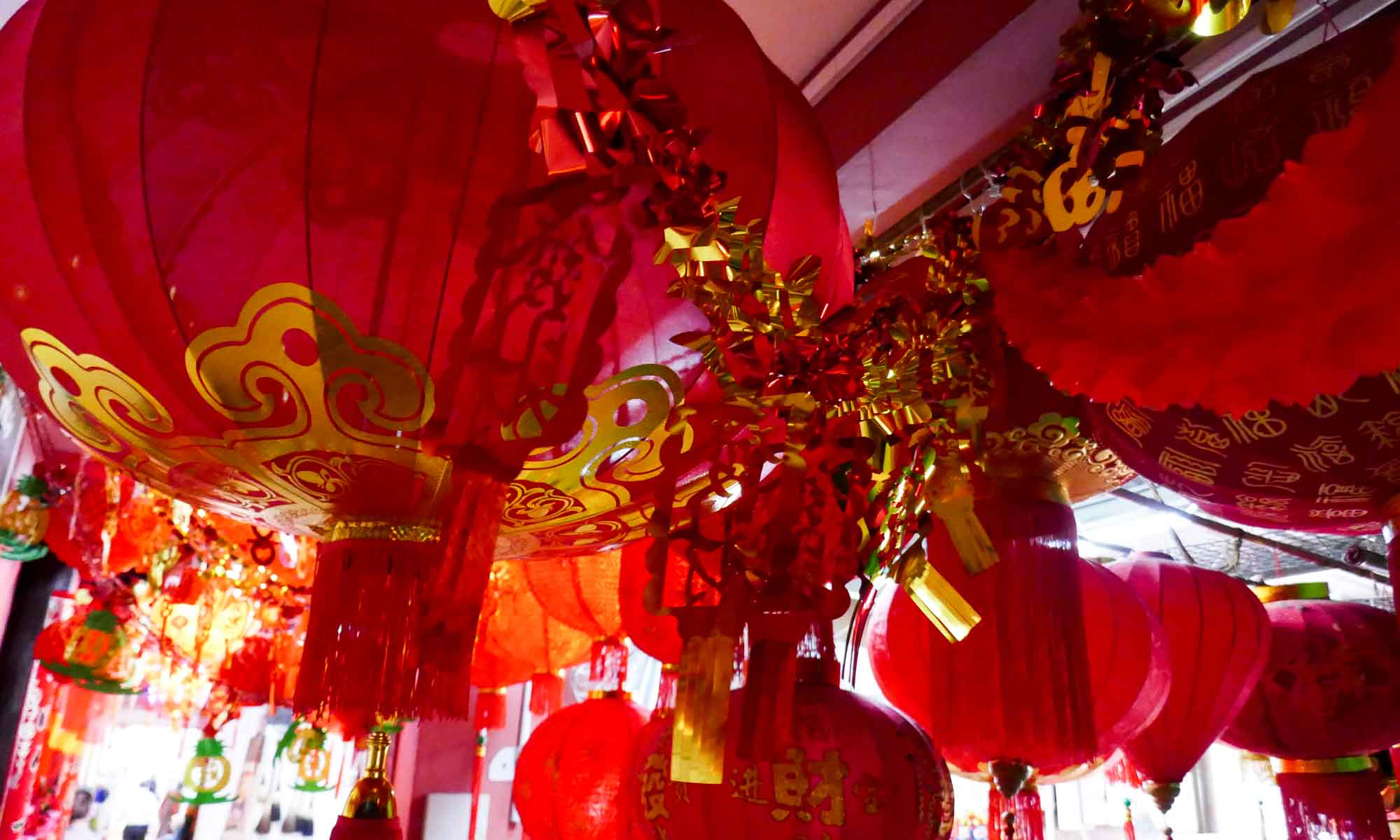
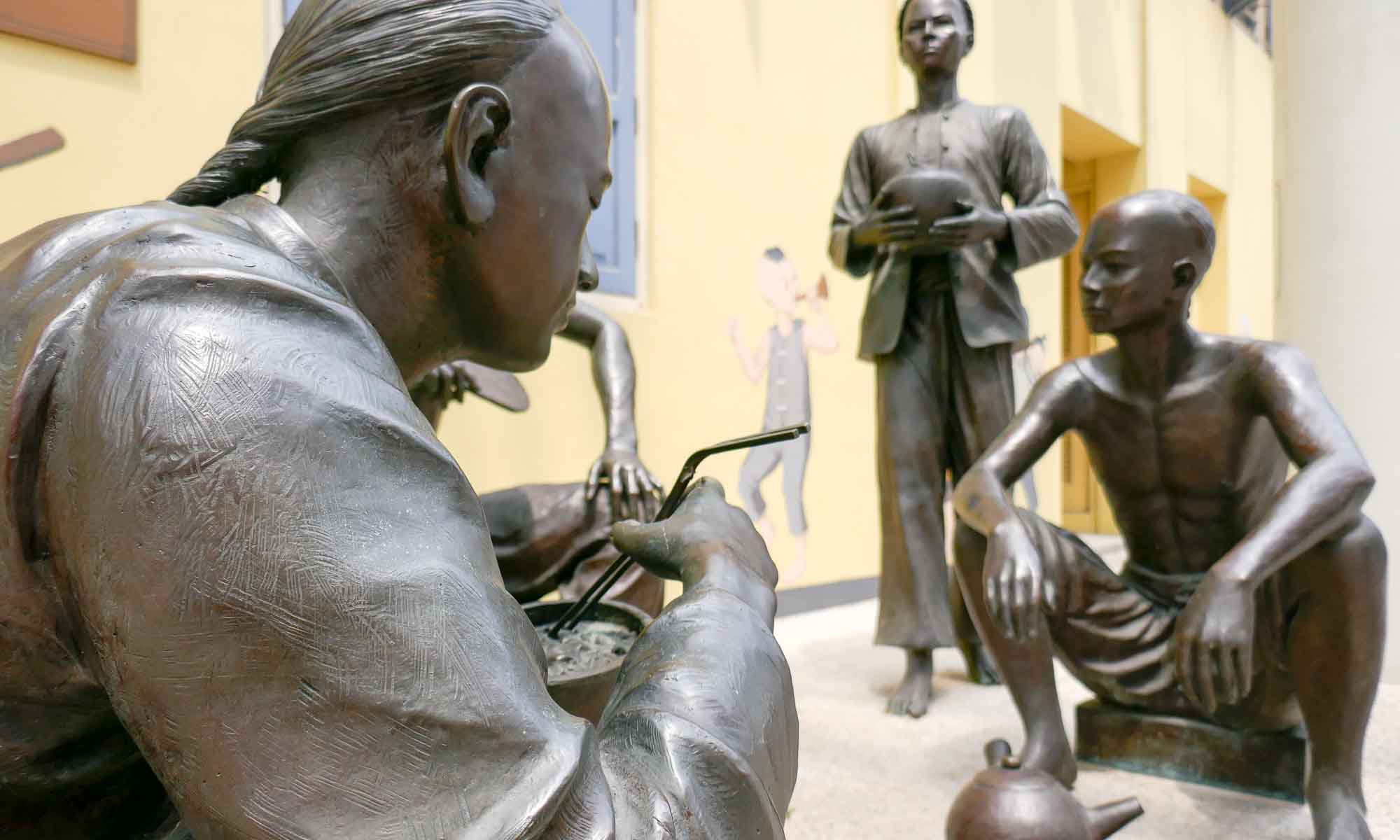
East Coast Park
East Coast Park is not far from Changi airport and runs along several kilometres of beach. While you will not find this on most tourist schedules, this beach is one with fond memories from my childhood, and is still favoured by locals. East Coast Park is a great place for an early morning run or a late night stroll. There are several spots where you can have a barbecue and nearby are a number of restaurants including some of the main seafood houses.
Kampong Lorong Buangkok
Having heard that this was the last surviving kampong (village) existing in Singapore amidst all the recent developments of skyscrapers and modern buildings, we decided to venture out there. The kampong is located a distance from Central Singapore in the town of Hougang but is easy to reach via MRT and buses.
Visiting the kampong, you will be met by the sounds of chickens and dogs. About 20 families still live in the kampong, so while walking around it is important to treat the area with respect. What is sad to see is definitely the fact that the overlooking skyscrapers are encroaching on the area, and will soon take over.

Dining in Singapore
Singapore is a foodies paradise, where you can enjoy meals from each of the different cultures at Michelin starred restaurants as well as the local hawker centres.
Quick bites: Bread Talk, Tiong Bahru Bakery, Old Chang Kee.
Hawker centres: Within shopping malls, you will find Food Republic, which is a concept combining, hawker-type stalls with small restaurants. These are a good option if you happen to be shopping at one of the malls. Hawker centres vary in their cleanliness and quality of offerings, so it is important to do your homework and visit the busiest stalls. We visited two hawker centers, the Tekka Food Centre and Maxwell Food Centre. Of the two, our preference is the Maxwell Food Centre, where you will find the Tien Tien food stall. A stall made famous by Anthony Bourdains visit several years ago, which serves Chicken Rice, a popular Singaporean dish, and many others.
Favourites: Singapore is known for its Chilli Crab or Black Pepper Crab. While you can get this at a number of places, including hawker centres, my place of choice for Black Pepper Crab is Long Beach Seafood.
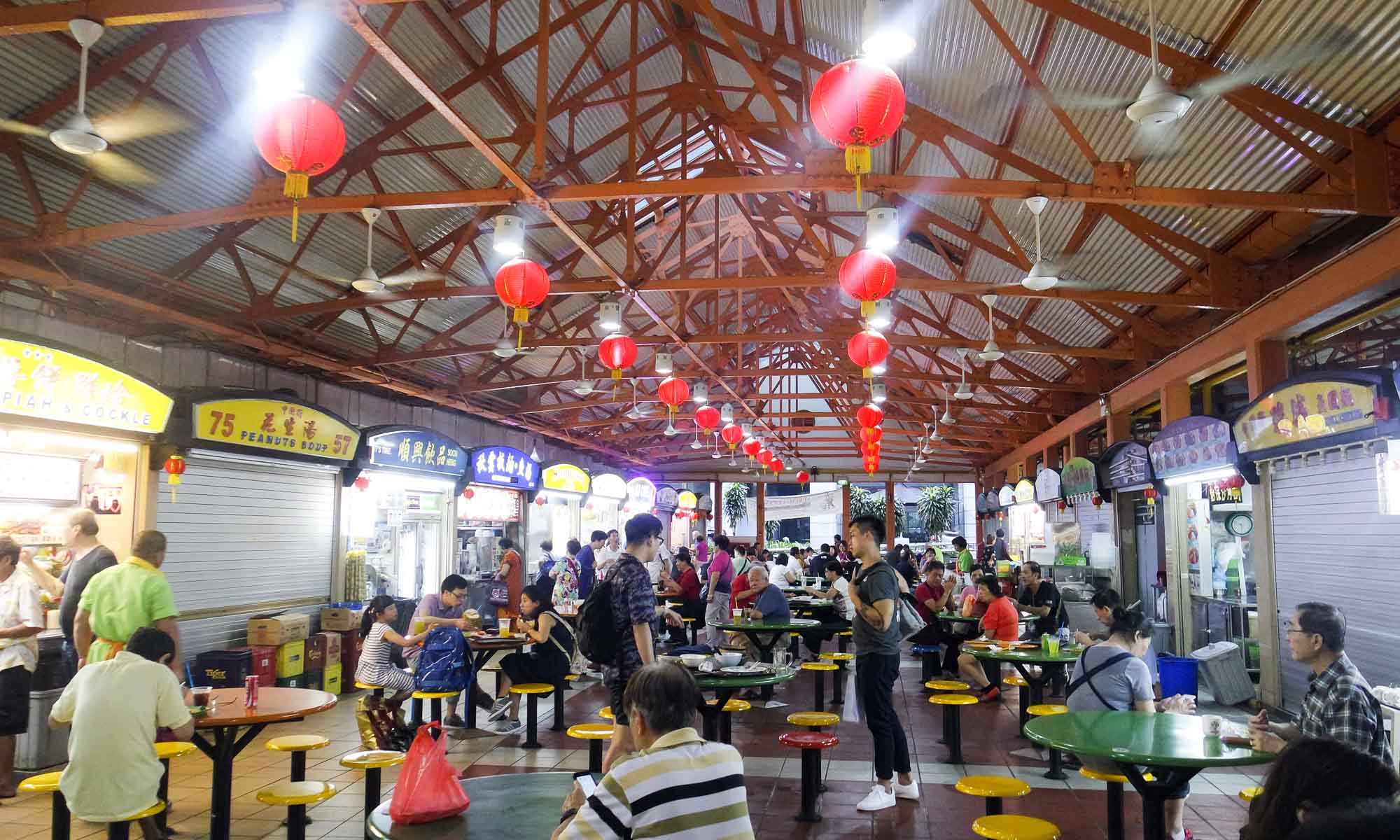
Sleeping in Singapore
While Singapore is an expensive city, if you require quality and a certain type of service affordable options can still be found if you are willing to stay further afield.
We based ourselves in Katong for this visit. Katong is a residential neighbourhood, not far from East Coast Park, with a good mix of locals and expats. We stayed at the Holiday Inn Express, which is decently priced and provides inclusive buffet-style Asian or Western breakfast. It is close to several shops and restaurants, and is in a very safe neighbourhood. Despite there not being an MRT, there are several bus stops where you will find buses to whisk you away to all parts of Singapore.

Staying connected in Singapore
If in Singapore for a while, and travelling in and out of the airport it is worthwhile to get a pocket wifi from Changi Recommends. If only in town for between 2 – 10 days, it is best to purchase a sim card, and use your phone as a hotspot. We purchased a 10-day sim card at S$35 with 14G of data, and unlimted voice and text.
Getting around Singapore
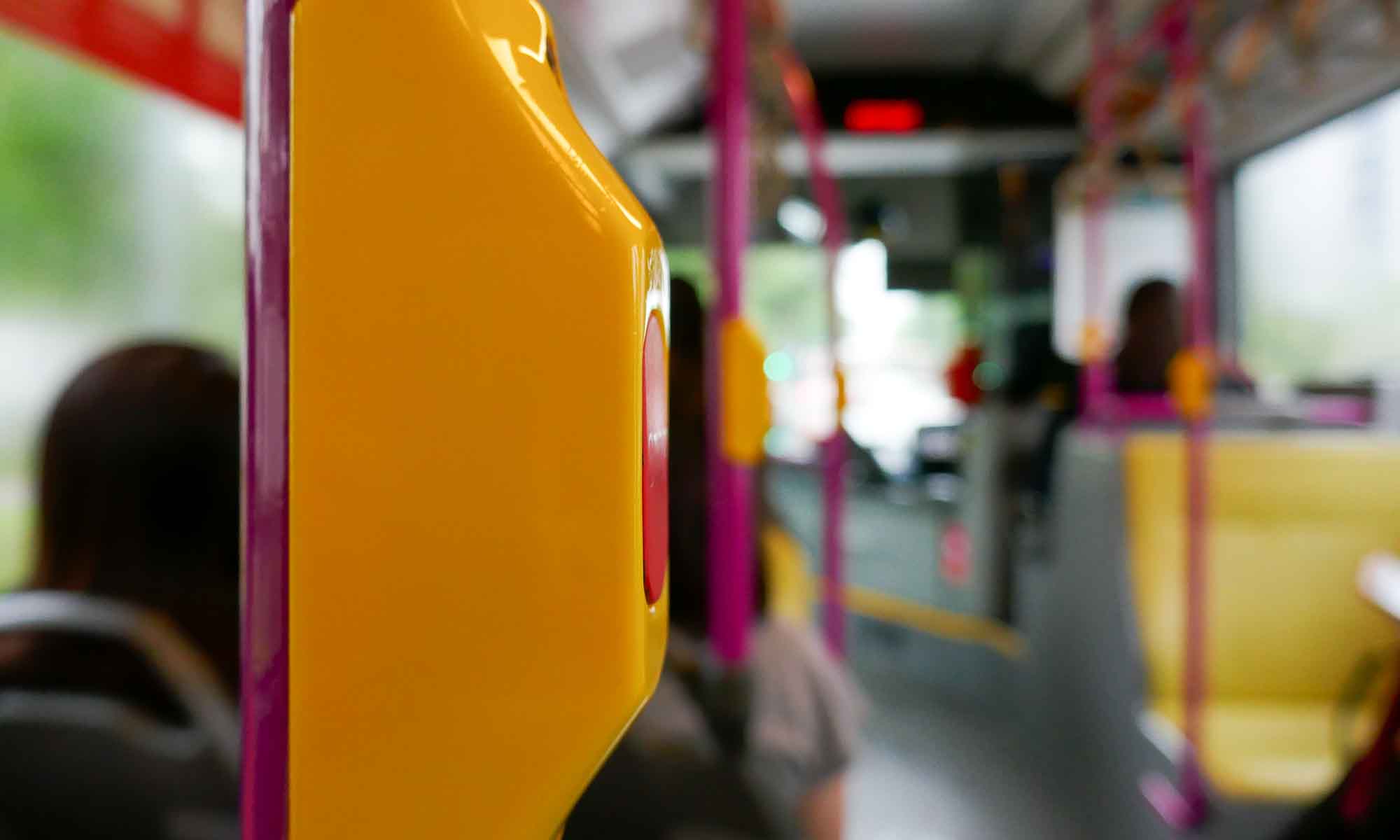
Getting around Singapore is very easy, with a large bus network, the LRT (Light Rail Transit) and MRT (Metropolitan Rapid Transit). The Singapore Tourist Pass offers a 1, 2 or 3 day pass for unlimited travel on all transportation, with a S$10 deposit. After the card expires, it can be used as a normal top-up card.
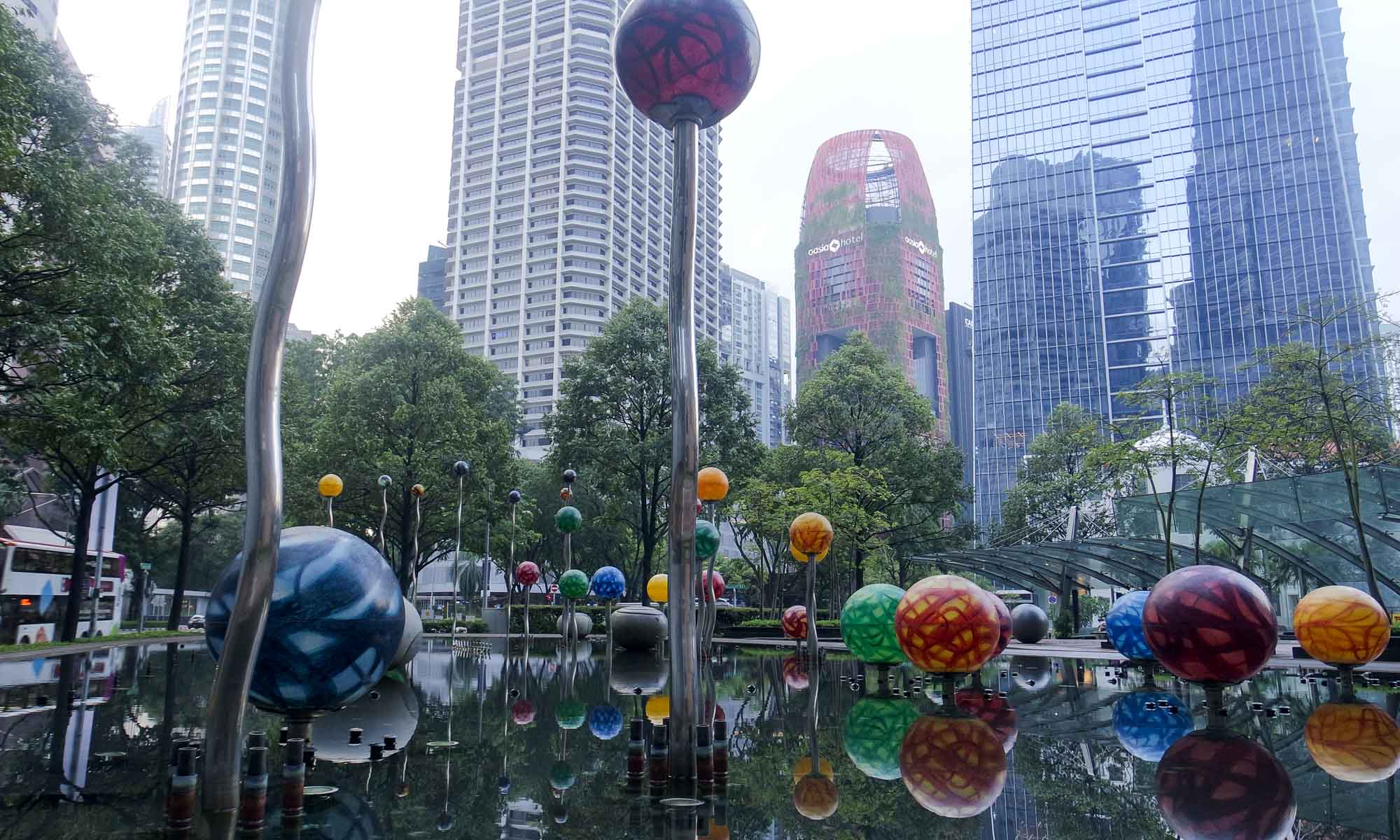
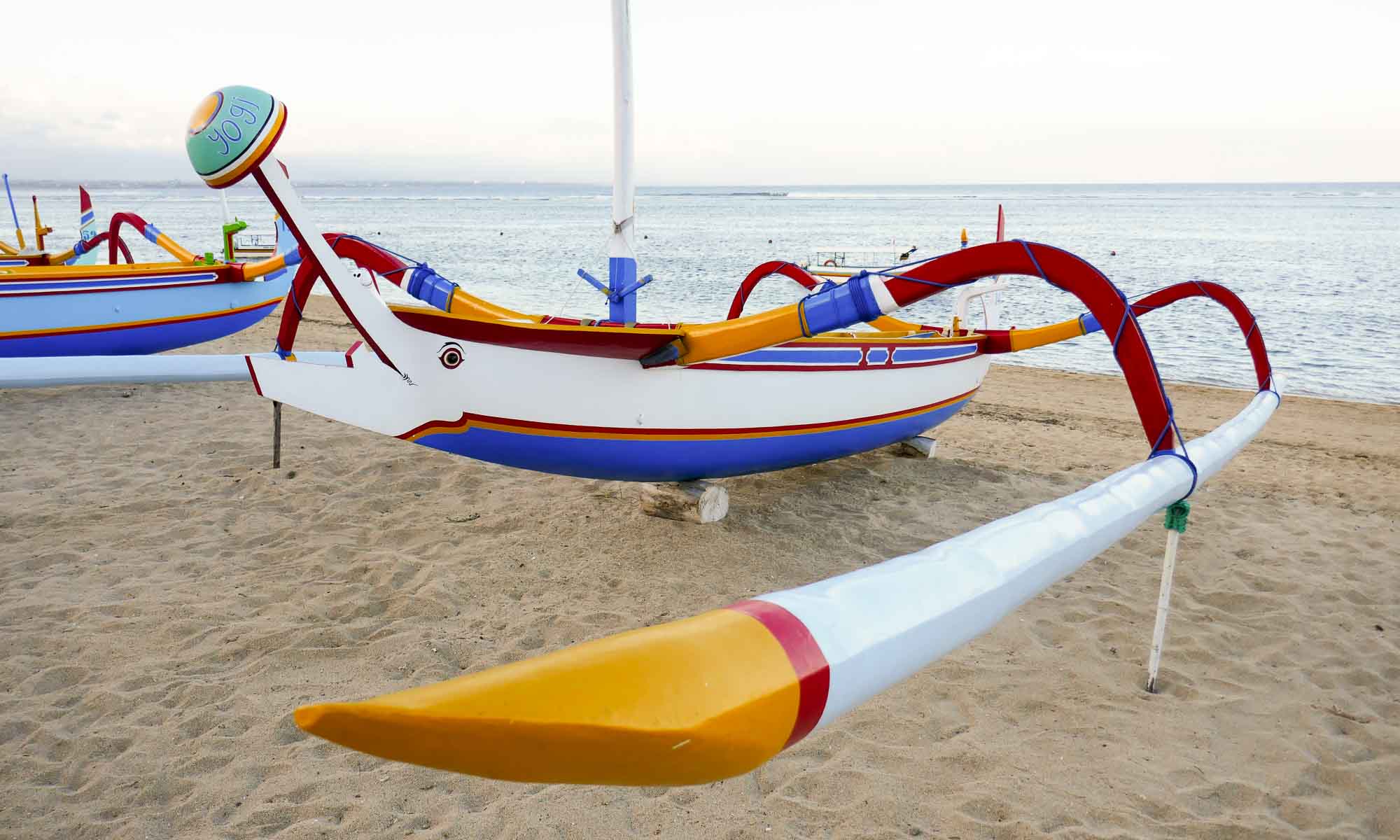

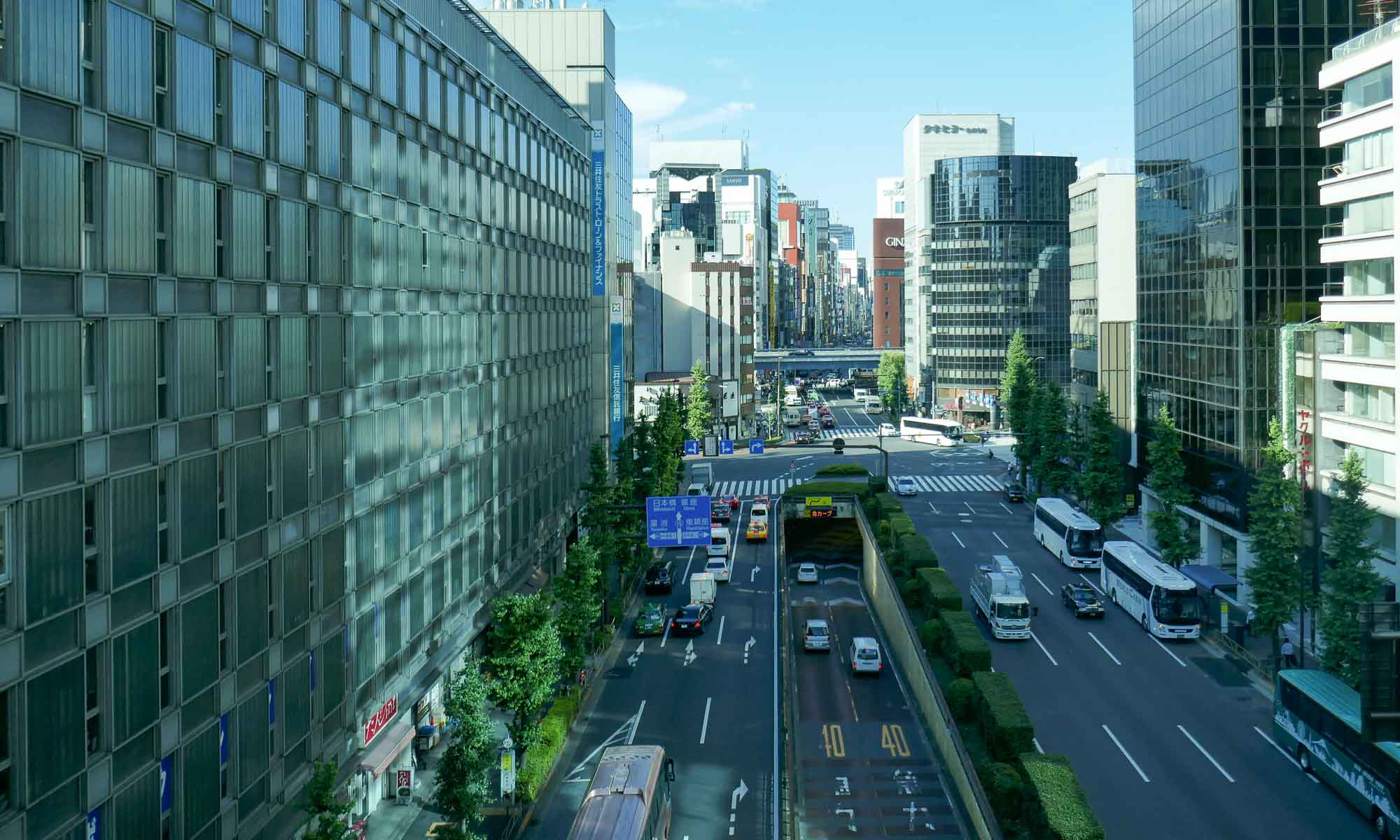
Prachtige foto’s en een mooi verhaal, Bert & T!
Ben benieuw naar jullie verdere belevenissen.
Have fun, kiss.
Thanks Marijke. More stories are on its way.